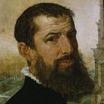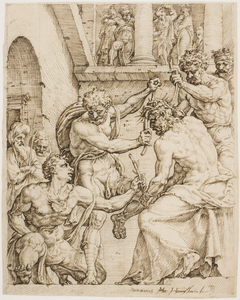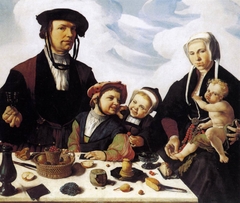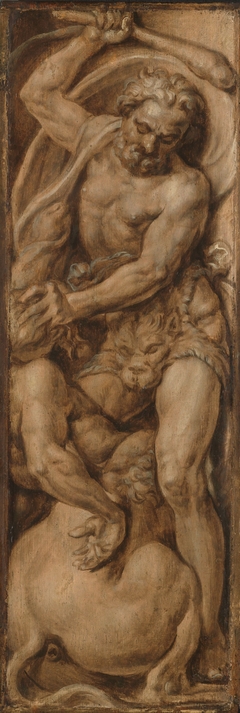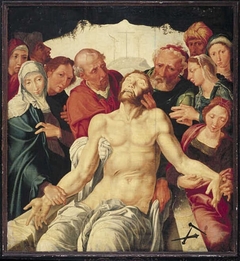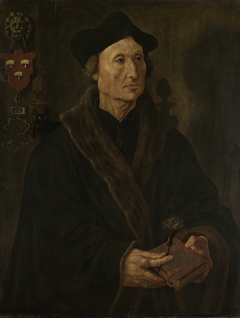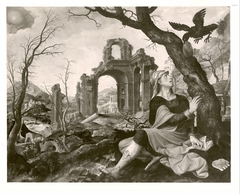Maerten van Heemskerck
Artist (Netherlands)
About
Heemskerck, 1498 – Haarlem, 1 Oct. 1574. Netherlandish painter and draughtsman, named after his native town and active mainly in nearby Haarlem, where he was the leading artist of the day. The most important part of his training was with Jan van Scorel in Utrecht, c.1527–9. Although Heemskerck was only three years younger than Scorel and was a mature man when he enter...
